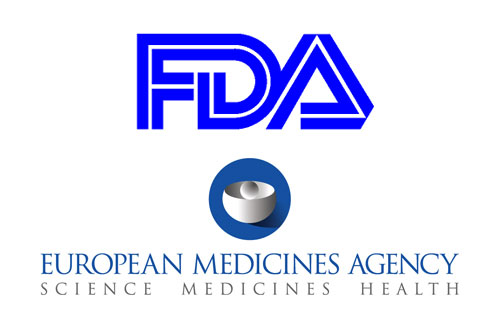
On September 27, the Cooley's Anemia Foundation (CAF) announced that four new CAF Medical Research Fellowships and one renewal Fellowship have been awarded for the 2016-2017 grant cycle. In addition, this year a new Clinical Research Grant was awarded to support ongoing clinical research in thalassemia. The total amount of funding for the five research Fellowships and one Clinical Research Grant for the current cycle is $202,500.
The following individuals have been awarded the fellowships:
- Katie Carlberg, MD, of the Children’s Hospital Oakland, is developing a noninvasive approach to prenatal diagnosis of thalassemia in her study, “SNP Discovery and Characterization of the Human β-Globin Gene for Non-Invasive Prenatal Testing for β-Hemoglobinopathies”
- Karen Finberg, MD, of Yale Medical School, is studying the process of how the gene NCOA4 mediates the degradation of ferritin in her study, “The Role of NCOA4 in the Regulation of Hepatic Iron Stores”
- Merlin Nithya Gnanapragasam, MD, PhD, of Icahn School of Medicine at Mount Sinai in New York City, is performing experiments in HuDEP-2 cells to examine the consequences of mutation of the EKLF upstream enhancer region in her project, “Genome Editing of EKLF Enhancer Elements for Fetal Hemoglobin Induction”
- Kim Vanuytsel, PhD, of Boston University, is studying ineffective erythropoiesis and iron regulation in beta thalassemia using induced pluripotent stem cells in her study, “Induced Pluripotent Stem Cell (Ipsc)-based Modeling of β-Thalassemia”
- Daniel Bauer, MD, Children’s Hospital Boston (Renewal Fellowship), is investigating how genome editing may be useful in creating greater expression of fetal hemoglobin in adult thalassemia patients in his project, “Genome Editing of β-Globin Gene Cluster Repressive Elements for β-Thalassemia”
- Nathawat Sibmooh, MD, PhD, of Mahidol University in Bangkok (Clinical Research Grant), is investigating the issue of immediate treatment for thalassemia patients who have developed pulmonary hypertension in his study, “Effect of inhaled, nebulized nitrite on pulmonary arterial pressure in beta-thalassemia patients with pulmonary hypertension”
More information: CAF's announcement



